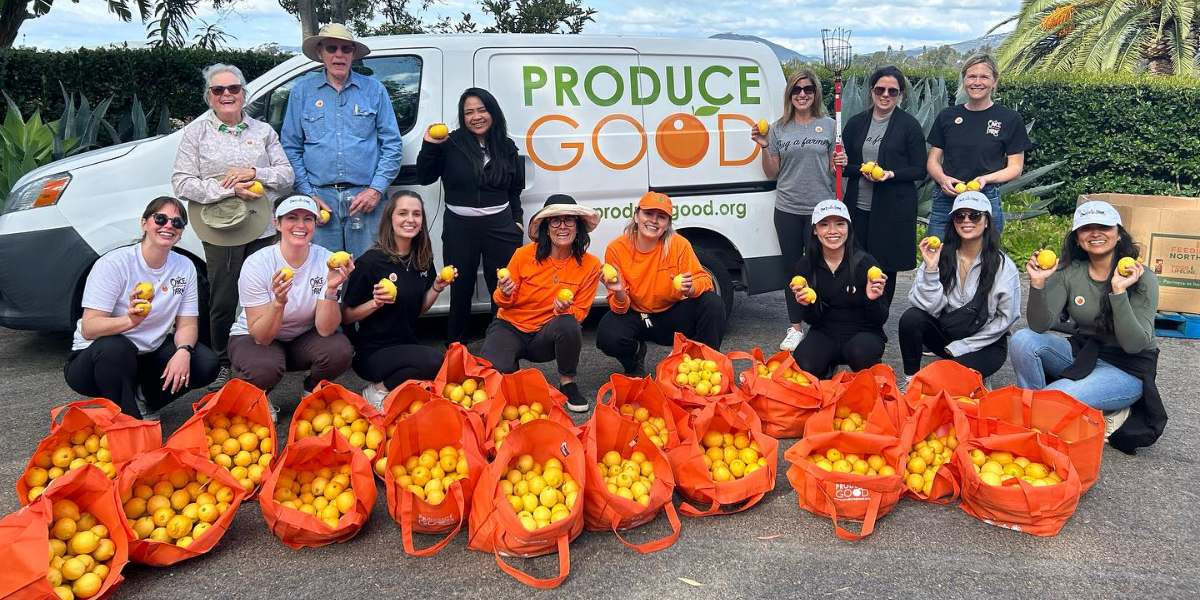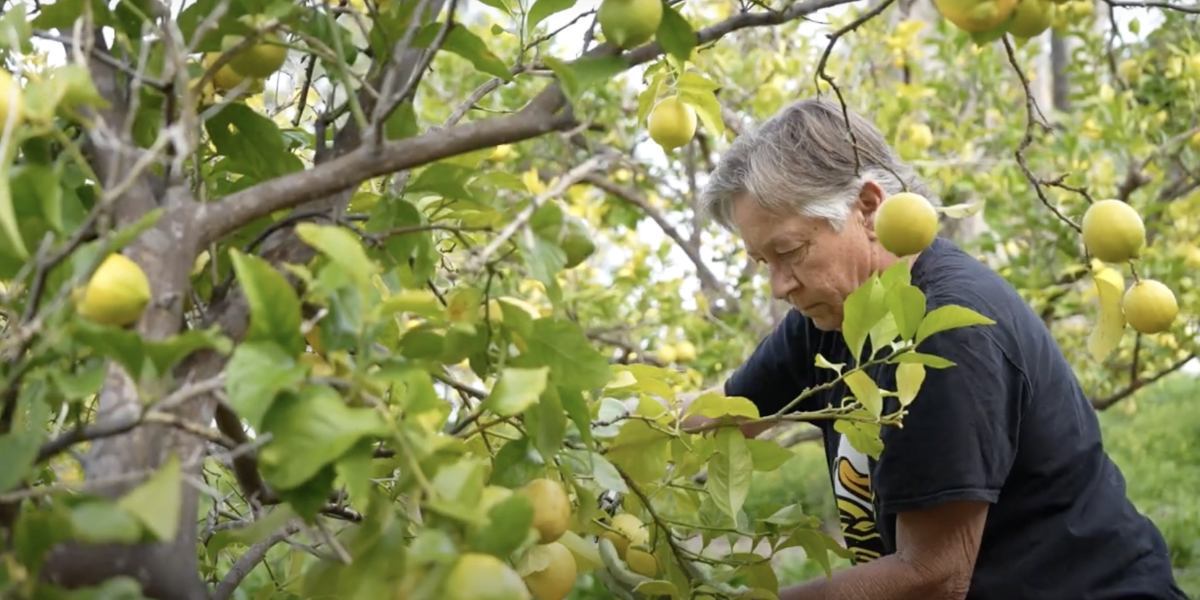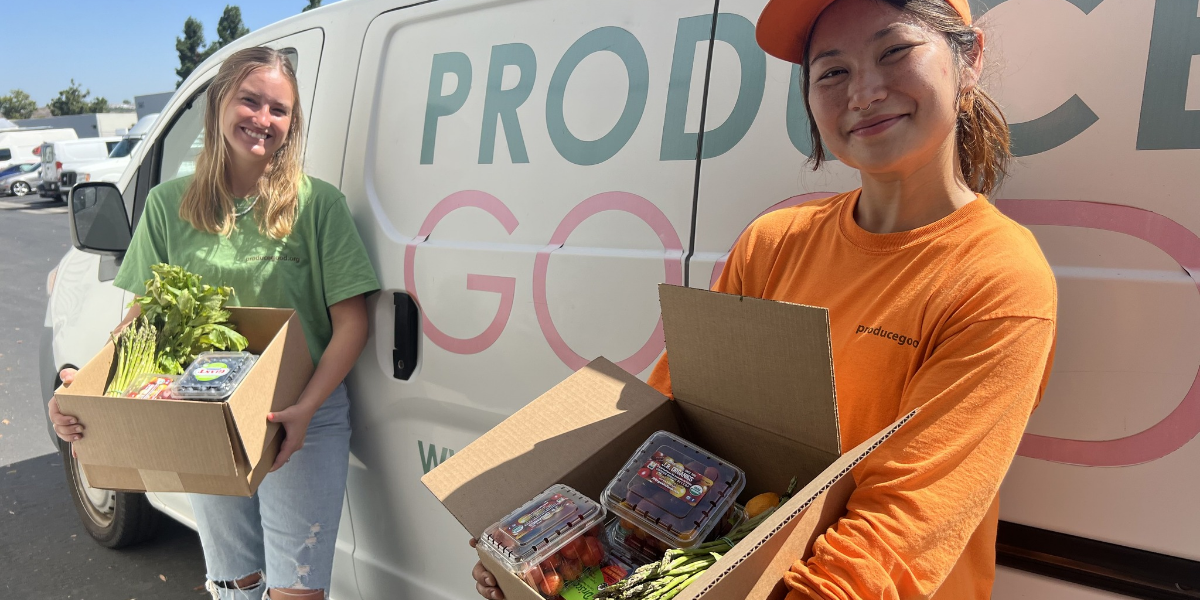This blog post is part of a series related to the Community Food Grant Program, a $5.6 million grant program to support food security and food sovereignty for low-income communities and those with limited access to healthy foods.
How many times have you not gotten around to eating those vegetables in your fridge that have now gone bad? What about grocery stores that may over order food that winds up sitting unpurchased until it spoils? Have you ever put back a piece of fruit that just didn’t look all that appetizing?
These are all examples of food waste, something every person and larger corporations have likely been guilty of at some point.
In fact, according to the San Diego Food Vision 2030, between 35% to 40% of food produced in the United States goes to waste each year. That number is double what it was nearly three decades ago, revealing how much the issue has grown.
As tons of food heads to the landfill each day, millions face food insecurity – including in San Diego. Statistics from Feeding San Diego support this, with nearly 300,000 people in San Diego County noted as food insecure, meaning they do not know where their next meal will come from. Almost 80,000 of food-insecure San Diegans are children.
What if we could connect our food surplus to those who need it most? By scaling up food waste prevention and recycling initiatives, we can.
Food Waste & Its Impacts
Food loss and waste happens during every stage of the food supply chain, from the tree to the table, mostly due to how our large food system works. Long supply chains and high standards for how food looks make it hard to stop waste.
The idea that food is just something to buy and use has made people more wasteful and develop bad habits when throwing food away at home.
Consumers, in particular, contribute significantly to food waste generation. When we waste food, we also waste the precious resources it took to create those foods – like water, fertilizer and labor from our community members. In turn, this hurts our environment. CalRecycle says cutting down on quick-acting climate pollutants, like organic waste, will make the biggest difference in tackling the climate crisis right away.
Connecting Excess Produce to Food-Insecure San Diegans
In 2018, more than half of food pantries surveyed in San Diego County expressed a need for additional transportation.
Among the organizations addressing this issue and filling the void is ProduceGood, a 2023 San Diego Foundation Community Food Grant Program partner. ProduceGood helps glean food surplus and transport it to local organizations addressing food insecurity.
“Our mission is to reduce food waste and food insecurity while building community,” said Nita Kurmins Gilson, ProduceGood Co-Founder. “We’re trying to mitigate that by recovering what we can from orchards, small farms, farmers markets and markets.”
Through their Crop Swap and Market Share programs, volunteers gather each day to pick excess produce around the region and deliver it to food banks and organizations like Bayside Community Center.
“ProduceGood is making a huge difference in our community,” said Amy Zink, Program Manager at Bayside. “It actually Incentivized other people to get together and do the same thing.”
In 2023, ProduceGood provided a million servings of produce to San Diego.
“We’re small, but mighty, so we definitely need collaboration,” said Kurmins Gilson. “We could not do this without leveraging a lot of what we are doing through other partners.”
Despite the staggering scale of food waste, viable solutions exist across the food system, offering societal, environmental and economic benefits. As momentum for food waste prevention grows, the opportunity to advance these efforts has never been more opportune.
The Importance of Food Waste Education
Food waste education plays a crucial role in driving behavior change among consumers. Programs like the Save the Food, San Diego! EcoChallenge have shown significant success in this regard, with participants achieving a remarkable 38% reduction in household-level food waste.
ProduceGood stands by this, too. Through their work, they’ve discovered many people are unaware of the amount of food waste in the world.
“One of the biggest challenges to really bring home to folks is that we don’t have a hunger problem,” said Kurmins Gilson. “We have a logistics problem. We have a transportation problem. It’s (food) just not getting to the people that need it.”
By raising awareness about the impact of food waste and providing practical solutions to minimize it, education can empower residents to make more informed choices about their food consumption and disposal habits. Together, communities can work towards reducing food waste and fostering a more sustainable approach to food management.
About the Community Food Grant Program
The Community Food Grant Program was funded through a partnership with the County of San Diego. In 2021, the San Diego County Board of Supervisors approved the framework for the use of American Rescue Plan Act funding, including the framework for the program.
The Community Food Grant Program contributes to building resilient communities, a pillar of the SDF Strategic Plan, by addressing equity barriers and creating a more inclusive and accessible food system for all.




